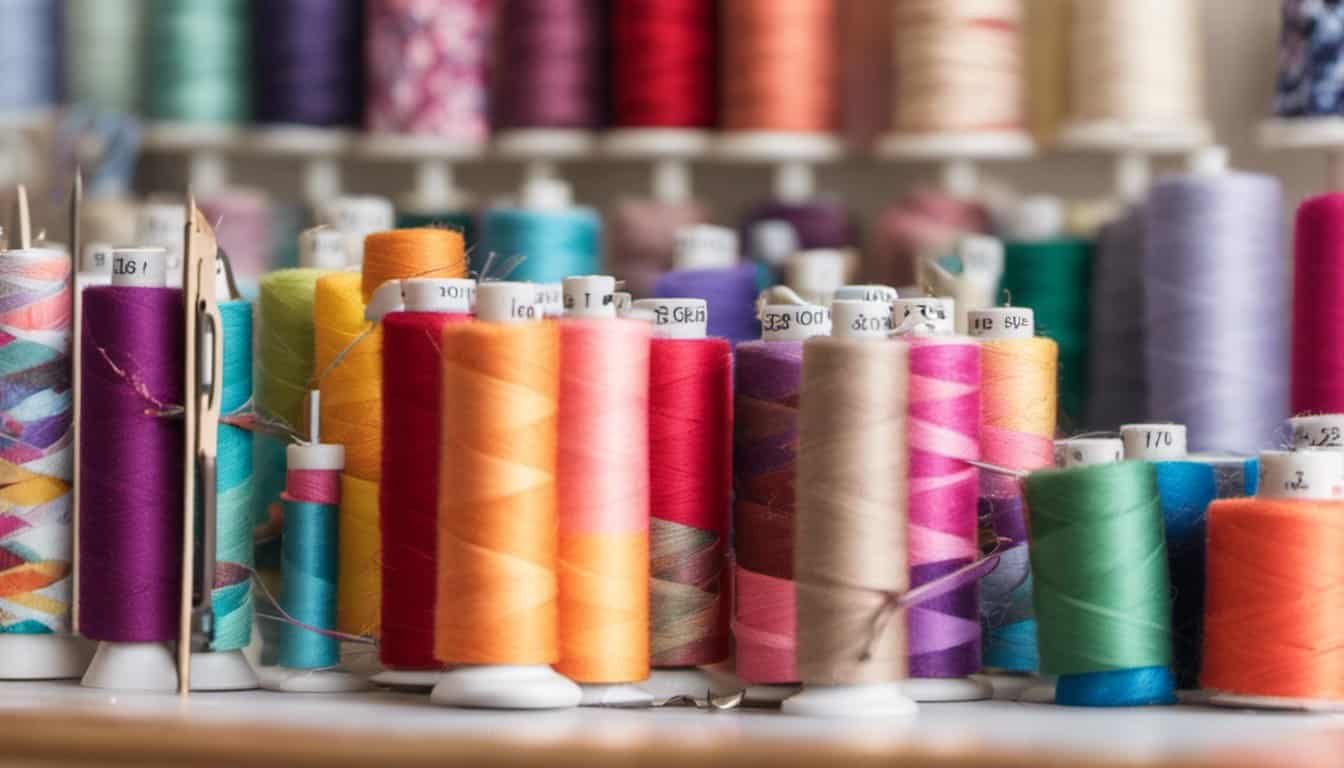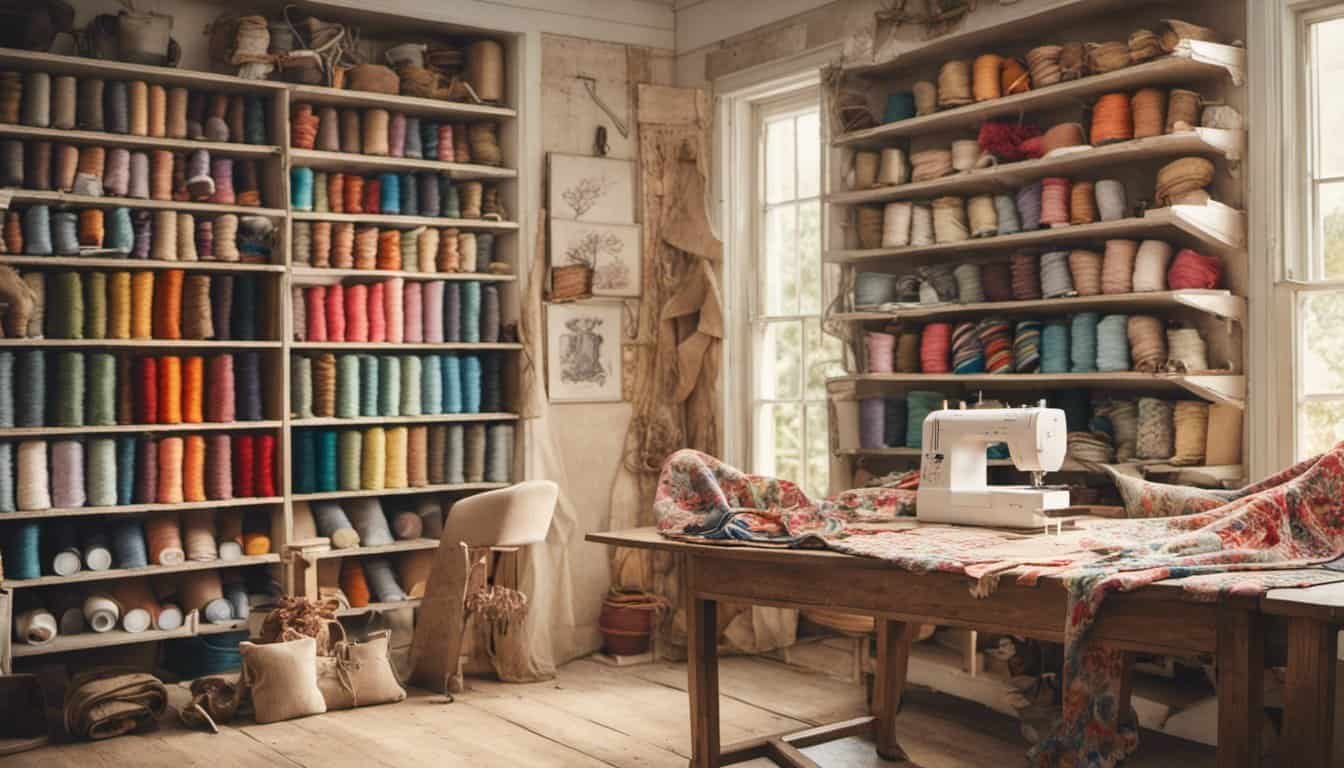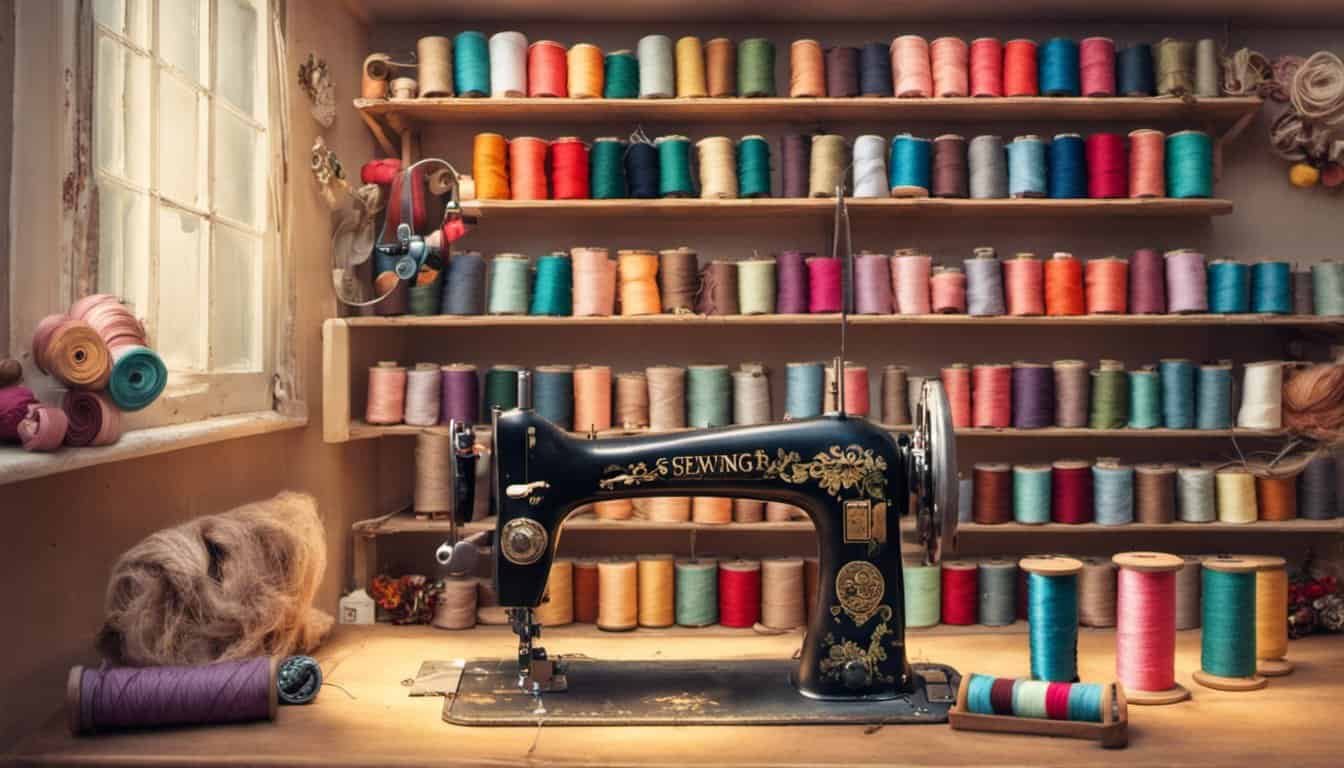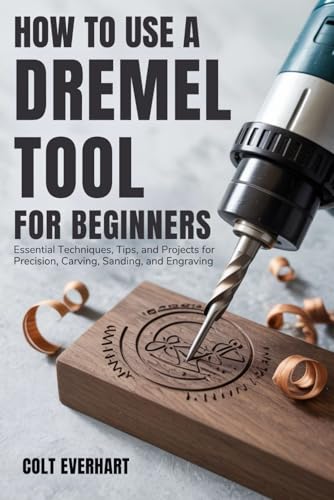Sewing a smock dress for kids is such a delightful project! There’s something so special about creating a handmade piece that’s not only adorable but also practical and comfortable for little ones. Whether you’re an experienced sewer or just starting out, making a smock dress is a fun way to add a personal touch to a child’s wardrobe.
Tools And Materials Needed
Choosing the right tools and materials is essential for sewing a smock dress for kids. It ensures the dress is durable, comfortable, and easy to make.
Fabric Selection
I recommend using lightweight, breathable fabrics like cotton, linen, or a cotton-polyester blend. These materials work well for kids’ dresses due to their softness and durability. Choose a fabric pattern that suits the child’s style, such as florals, polka dots, or solid pastels, for versatility.
Sewing Tools And Accessories
Basic sewing tools make the process efficient. I use sharp fabric scissors or rotary cutters for clean cuts. Straight pins or clips secure fabric layers while sewing. A measuring tape ensures accuracy, and a seam ripper is helpful for fixing mistakes. A sewing machine, equipped with an all-purpose needle, simplifies sewing seams and edges. For finishing touches, I keep matching thread, fabric chalk, and an ironing board handy.
Pattern And Measurements
A well-fitted dress starts with accurate measurements and a clear pattern. I either use store-bought smock dress patterns or create my own with craft paper. Key measurements include chest, waist, hip, and dress length. Adding 1-2 inches for seam allowance guarantees a proper fit and allows the child some room to move comfortably.
Preparing The Fabric
Carefully preparing the fabric ensures clean, accurate results when sewing a smock dress for kids. Start by washing and ironing the fabric to pre-shrink it and remove wrinkles, enabling smoother handling during cutting and sewing.
Cutting The Fabric
Accurately cutting the fabric lays the groundwork for a well-fitted dress. Use a flat, stable surface and secure the fabric with weights or pins to prevent slipping. Lay your chosen pattern on the fabric, aligning the grainline with the fabric’s selvage for proper drape. Trace the pattern using fabric chalk or a washable marker, leaving a seam allowance if it’s not included. Cut with sharp scissors or a rotary cutter for clean edges and to avoid fraying. Ensure all pieces face the correct direction, especially with patterned fabrics.
Marking The Patterns
Marking patterns precisely improves construction accuracy. After cutting, transfer all pattern notches, darts, and seam guides onto the fabric. Use fabric-safe tools like chalk, tailor’s tacks, or heat-erasable pens. Double-check that markings remain visible but won’t damage the fabric. For symmetrical designs, fold and pin the fabric before marking to replicate the pattern on both sides evenly.
Step-By-Step Sewing Instructions
Sewing a smock dress for kids involves several key steps that transform fabric into a delightful and practical garment. Here’s how I approach each part of the process.
Creating The Bodice
I start by sewing the front and back bodice pieces together at the shoulder seams. Aligning the fabric with the right sides facing ensures a clean finish. I use a straight stitch and a 3/8-inch seam allowance for accuracy. Pressing the seams open with an iron reduces bulk and helps the fabric lay flat.
For the neckline, I attach bias tape or create a facing. If using bias tape, I pin it along the edge, sew it in place, and then fold it to the wrong side, stitching it down for a neat look. If facings are part of the pattern, I sew them to the neckline, clip the curves, and turn them inward, ensuring they stay secure with understitching.
Adding The Sleeves
Sewing the sleeves requires aligning the sleeve cap with the armhole. I make sure to match notches for proper placement. I use a gathering stitch along the sleeve cap to ease it into the armhole without puckering. Pinning from one end to the other stabilizes the sleeve before I sew using a 3/8-inch seam allowance.
Once attached, I finish the raw edges with a zigzag stitch or serger. For a polished hem, I fold the sleeve edge twice—each by 1/4 inch—and sew using a straight stitch. Hemming at this stage simplifies the process.
Sewing The Skirt
To create the skirt, I sew the side seams with the right sides together, ensuring the seam allowance matches the bodice’s. I finish the edges to prevent fraying and press the seams open.

Gathering the skirt’s top edge adds shape before attaching it to the bodice. I run two rows of basting stitches along the edge, about 1/4 inch apart, then gently pull the threads to gather the fabric evenly. The final width should match the bottom of the bodice.
Attaching The Bodice And Skirt
I pin the bodice’s right side to the skirt’s gathered edge, aligning side seams and notches. Adjusting the gathers ensures even distribution before sewing. I use a straight stitch for this step and finish the seam with a serger or zigzag stitch for durability.
After attaching the bodice and skirt, I fold the hem of the skirt twice—1/4 inch each time—and stitch it in place to complete the dress. A final press with the iron smooths the seams and gives the garment a professional look.
Finishing Touches
Adding the final details to a smock dress brings personality and polish to the garment, making it truly stand out. I focus on both decorative accents and practical finishing steps to ensure a complete result.
Adding Decorative Details
Incorporating decorative elements elevates the smock dress’s appearance. I often add embroidery, such as floral patterns or initials, around the neckline, sleeve cuffs, or hem for a custom touch. Lace trim or ribbon also works wonderfully when sewn along the edges of the sleeves or skirt. For a playful look, applying fabric appliqués like hearts or stars in coordinating colors adds charm.
« How to Make a Maxi Dress with a Simple Pattern: Easy DIY Guide for Perfect Results
Master Sewing a Duvet Cover: Top Tips and Tricks for a Stunning DIY Bedroom Upgrade »
Another idea is adding buttons, even if not functional, to emphasize design. Wooden or colorful buttons can embellish the front bodice or sleeve cuffs. If the dress includes a waistband, I sometimes sew on a small bow or attach a sash for an elegant touch.
Hemming And Final Adjustments
A precise hem ensures the dress looks neat and fits correctly. I fold the fabric under twice to hide raw edges, pin it evenly to avoid irregularities, and sew along the folded edge using a straight stitch. To achieve clean lines, pressing the hem beforehand with an iron always helps.
After hemming, I inspect the garment for any loose threads, uneven stitches, or imperfections. If adjustments are needed, such as modifying sleeve length or tightening the gathering, I address these before pressing the finished dress one last time. This final step ensures the smock dress not only looks professional but feels comfortable and ready to wear.
Tips For Beginners
Sewing a smock dress for kids can feel overwhelming at first, but with some guidance, it’s a rewarding project. I’ve included key tips to help beginners avoid common pitfalls and save time during the process.
Common Mistakes To Avoid
- Skipping Fabric Preparation
Always wash and iron fabric beforehand to prevent shrinking and distorting seams after the first wash. This step ensures your finished dress holds its shape.

- Ignoring Grainlines
Pay attention to the fabric grain when laying out patterns. Placing pieces off-grain can result in twisting seams or a poorly fitting dress. Check for the grainline arrow on your pattern and align it parallel to the fabric’s selvage.
- Using Dull Tools
Dull scissors or pins can damage your fabric, leading to fraying edges or uneven cuts. Keep your tools sharp and replace them when needed.
- Rushing Seam Placement
Uneven seams can make a dress look unpolished. Pin carefully and take time to align edges properly before sewing.
- Neglecting Test Stitches
Always test stitches on a fabric scrap to adjust tension, stitch length, and thread quality. This ensures clean lines on the final garment.
Time-Saving Tips
- Prepare In Advance
Gather all tools, thread your machine, and organize pattern pieces before starting. Pre-planning reduces interruptions during sewing.

- Work In Batches
Sew similar seams, like finishing shoulder joins or inserting sleeves, in one session to minimize setup changes and save effort.
- Use Multipurpose Tools
A rotary cutter can speed up cutting, especially for straight edges, compared to traditional scissors. It also produces cleaner cuts.
- Mark Efficiently
Fabric chalk or washable markers help quickly trace patterns and seam guides. Avoid basting by investing in clips or pins to secure fabric edges.
- Opt For Simple Embellishments
Choose easy decorations like pre-made ribbons or appliqués instead of complex embroidery for a polished look with minimal time investment.
Experiment with different approaches to refine your techniques as you go. With practice, sewing a smock dress becomes easier and more enjoyable.

Conclusion
Sewing a smock dress for kids is such a rewarding experience. It’s not just about creating a practical and comfortable outfit but also about adding a personal touch that makes it truly special. Whether you’re a seasoned sewer or just starting out, this project offers a wonderful mix of creativity and craftsmanship.
With a little patience and attention to detail, you can transform simple fabric into a charming, handmade garment that any child would love to wear. Don’t forget to have fun with the process and let your personality shine through with unique embellishments and finishing touches. Happy sewing!

















